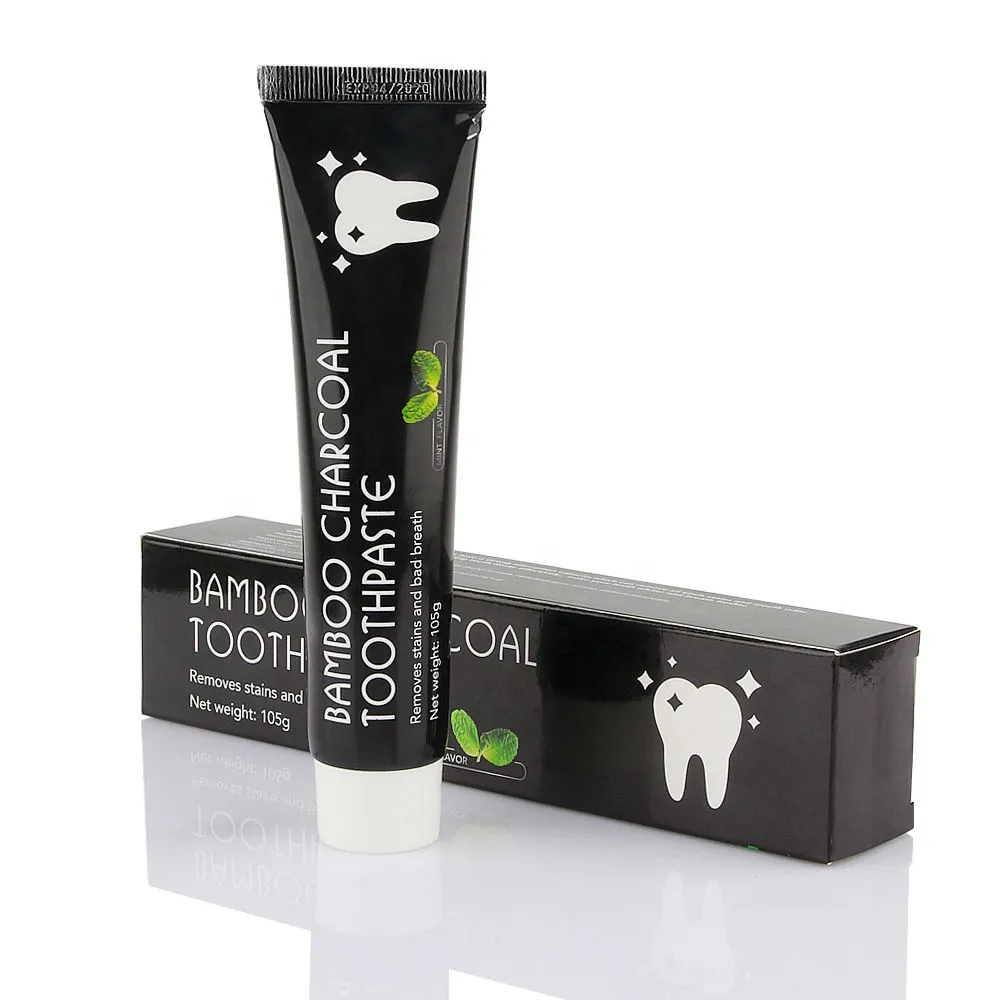We use toothpaste every day to maintain our oral hygiene, but have you ever wondered if you’re using the right toothpaste for your unique needs?
Choosing the right toothpaste might seem like a simple task, but with the overwhelming variety of options on the market, it can be a daunting decision. From fluoride to whitening to sensitivity relief, and herbal, the choices seem endless.
However, finding the perfect toothpaste for your needs doesn’t have to be a problem. How do you choose the best toothpaste for your specific needs? we’ll break down the essential factors to consider when selecting the right toothpaste for you.
A Guide to Choosing the Perfect Toothpaste for Your Smile.
One of the first things to look at when choosing toothpaste is the list of ingredients. Different toothpaste formulations cater to specific dental concerns. Here are some common ingredients to consider:
1: Check the Fluoride Content
The first thing you should look for in a toothpaste is fluoride. It is a key ingredient in toothpaste that helps prevent tooth decay and strengthen enamel. This fluoride is usually indicated on the packaging. Most reputable brands include this ingredient, but it’s always a good idea to double-check the label.
If you prefer fluoride-free options, there are fluoride-free toothpaste alternatives available. One of them is Ekong Charcoal toothpaste.
2: Consider Your Dental Needs
Your dental needs should guide your toothpaste choice. Consider any specific dental issues you may have when making your selection. Are you prone to cavities? Do you have sensitive teeth? Is whitening your priority? Different toothpaste formulas cater to these needs, so for better results choose one that aligns with your dental goals.
Here are some common examples
a. For Whitening: If you want a brighter smile, opt for a toothpaste with whitening properties. These products often contain gentle abrasives or hydrogen peroxide to help remove surface stains. Use teeth whitening toothpaste with caution, as excessive use can lead to sensitivity. It’ll be a good idea if you consider using them intermittently rather than as your everyday toothpaste.
b. For Sensitive Teeth: If you have sensitive teeth, look for a toothpaste designed to alleviate sensitivity. These toothpastes typically contain potassium nitrate or strontium chloride to help reduce discomfort. Use teeth whitening toothpaste with caution, as excessive use can lead to sensitivity.
c. For Gum Health: If you’re concerned about gum health, choose a toothpaste with anti-gingivitis properties. These toothpaste contain ingredients like triclosan or stannous fluoride to combat gum disease.
d. For Kids: Children have different dental needs. Select a toothpaste formulated for kids, with lower fluoride content, appealing flavours, and fun packaging to encourage good oral hygiene habits.
e. For Cavity Prevention: Go for toothpaste labelled “anti-cavity” or “cavity protection.”
3: Avoid Harsh Abrasives
Some toothpaste formulations contain harsh abrasives that can be detrimental to your tooth enamel and gums. Check the ingredients list for abrasive substances like calcium carbonate or hydrated silica. Always get a toothpaste with mild abrasive, especially if you have sensitive teeth. Foaming agents like sodium lauryl sulfate (SLS) can also cause gum irritation.
4: Natural Options
If you prefer natural products, look for toothpaste made from ingredients like charcoal or aloe vera. Be aware that not all natural toothpaste options contain fluoride.
If you are going for charcoal toothpaste, Ekong Smile charcoal toothpaste is the best option for you. It whitens teeth and does not cause sensitivity.
5: Consider Your Preferences
Toothpaste comes in various flavours and textures. Some people prefer minty freshness, while others like a milder taste. It’s important to pick a toothpaste that you enjoy using, as this encourages regular brushing. Remember, it’s important to brush for two minutes, so a flavour you like can help make that time fly by.
6: Look for a Seal of Approval
The seal of Approval on the toothpaste packaging indicates that it has been rigorously tested for safety and effectiveness by dental professionals. Every country has its toothpaste seal of approval. This association ensures that you choose a toothpaste that meets quality and safety standards. An example of such an association is The American Dental Association (ADA).
7: Consult Your Dentist
If you’re unsure which toothpaste is right for you, consult your dentist. They can provide personalized recommendations based on your oral health and any specific issues you may be dealing with.
8: Don’t Forget Proper Brushing Technique
Regardless of the toothpaste you choose, remember that the effectiveness of your brushing routine depends on your technique. Brush for at least two minutes, reaching all surfaces of your teeth, and don’t forget to floss daily with a water flosser.
Conclusion
Selecting the right toothpaste for your needs doesn’t have to be complicated. Start with fluoride, consider your specific dental concerns, and choose a product that suits your preferences. Always prioritize your oral health, and don’t hesitate to seek professional advice from your dentist. With the right toothpaste and proper brushing technique, you’ll be well on your way to maintaining a healthy, radiant smile.

